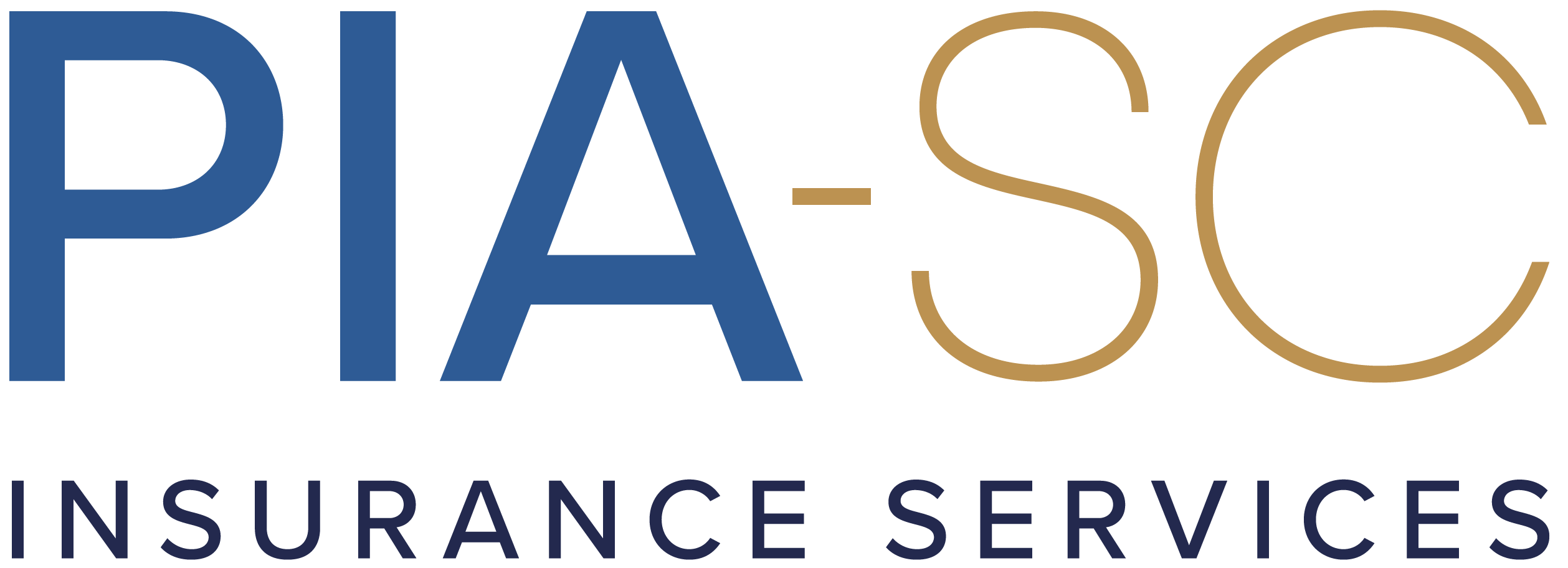 Errors and omissions insurance is also known as professional liability insurance and E&O insurance. This policy can help protect you from lawsuits claiming you’ve made a mistake in your professional services. This means that an errors and omissions claim filed against you can be for:
Errors and omissions insurance is also known as professional liability insurance and E&O insurance. This policy can help protect you from lawsuits claiming you’ve made a mistake in your professional services. This means that an errors and omissions claim filed against you can be for:- Negligence
- Errors or omissions in your services provided
- Misrepresentation
- Violation of good faith and fair dealing
- Inaccurate advice
These claims represent disputes between you and your employees or your customers. If they aren’t settled, they’ll go to court and become lawsuits. However, your errors and omissions insurance can help pay your legal costs for both claims and lawsuits that you may face.
Common Errors and Omissions Claims Examples
There are many types of errors and omissions claims that customers can file against your small business. Some errors and omissions claims examples include your:
- Accountant providing inaccurate financial advice to your clients. As a result, they file a claim against you.
- Interior designer using the wrong colors to repaint a client’s room. When your client sees it, they file a claim against your small business for breach of contract and to pay for the materials to restore the color.
- Real estate agent forgetting to include important details about a home. The buyer files a claim against your real estate firm for negligence.
- Marketing consultant providing advice that caused your client to lose money on their product or service. They file a claim against your marketing company as a result.
- Tax preparer making a calculation error which caused your client to have to pay a penalty. As a result, they sue your accounting firm.
- Public relations firm creating a communication strategy for another business to improve its reputation. Instead, it causes a negative reaction and the business owner sues after seeing a decrease in sales.
What Kinds of Claims Are Not Errors and Omissions Claims?
While errors and omissions insurance can help cover mistakes you or your employees make on the job, it doesn’t help cover claims involving:
- Slips or falls
- Property damage
- Reputational harm
- Work-related injuries or illnesses
- Data breaches
To get coverage for these types of claims, you’ll want additional business insurance policies, like:
- Workers’ compensation insurance
- General liability insurance
- Commercial property insurance
- Cyber insurance
How Does the Errors and Omissions Claims Process Work?
The errors and omissions claims process may seem complicated, but it doesn’t have to be if you follow the right steps:
- Submit the claim’s information to your insurance provider. Be sure to do this as soon as possible because some insurance policies may have a certain period of time that you need to report a claim.
- Ask your insurance carrier to help you find a lawyer that specializes in E&O claims. This lawyer will review the claim and ask for a summary of information, including who was involved.
- Work with your lawyer and insurance company to agree on a settlement amount with your employee or customer that filed the claim. Your E&O policy can help pay for this settlement.
- If you don’t reach a settlement outside of court, your claim will go to trial. Here, your E&O policy can still help pay for your legal defense costs. However, a jury will decide if the client that’s suing you will receive a settlement and for how much.
Be aware a claim can get reported for a loss that occurred before your policy started. Your E&O insurance policy includes a retroactive date to help with these kinds of situations. So, your insurance policy can help cover claims reported during your policy period for a loss that happened on or after a specified date in your policy.
Source: The Hartford, “What Is an Errors and Omissions Claim?” thehartford.com website. Accessed May 11, 2022. https://www.thehartford.com/professional-liability-insurance/errors-omissions-insurance/claims
© Copyright 2022. All rights reserved. This content is strictly for informational purposes and although experts have prepared it, the reader should not substitute this information for professional insurance advice. If you have any questions, please consult your insurance professional before acting on any information presented. Read more.
